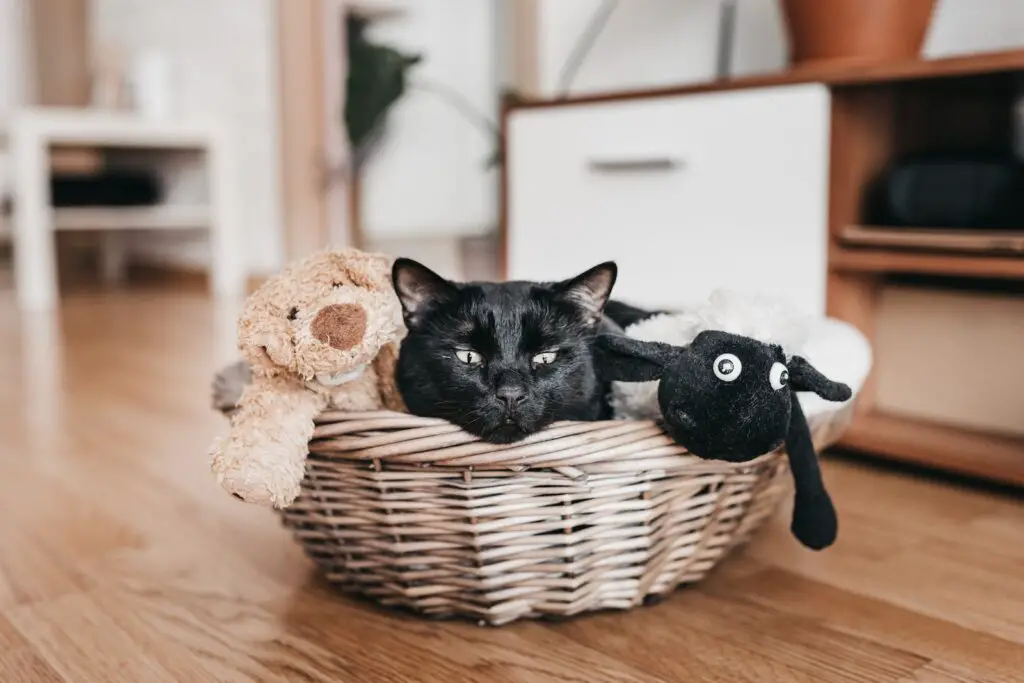
From the soft feel of their fur to the way they purr when you pet them, cats can bring joy and comfort into our lives.
But for some cat owners, all that furry love comes with a downside: shedding!
Cats shed year-round, but there are certain times when the amount of hair flying around your home seems overwhelming.
Don’t worry – we’ve got your back!
In this article, we’re debunking myths about black cat shedding and offering tips on how to manage your feline’s fur.
Let’s get started!
The Science Behind Black Cat Shedding
We’ll be discussing the shedding cycles and seasonal shedding of black cats, so let’s get started!
We’ll also be looking at debunking some common myths about black cats and how to manage their fur.
Shedding Cycles
Have you ever wondered if black cats shed? Well, the answer is yes!
Shorthair cats, like your average black cat, tend to have a seasonal shedding cycle. During this time period, their fur may seem thicker and there may be more hair around the house than usual.
This is completely normal as cats will naturally lose old fur in order to make room for new growth. In fact, regular brushing can help keep the shedding under control by removing dead hairs before they are spread all over the house.
So don’t worry – do know that both short-haired and long-haired black cats shed but with a little extra care, it’s easy to manage.
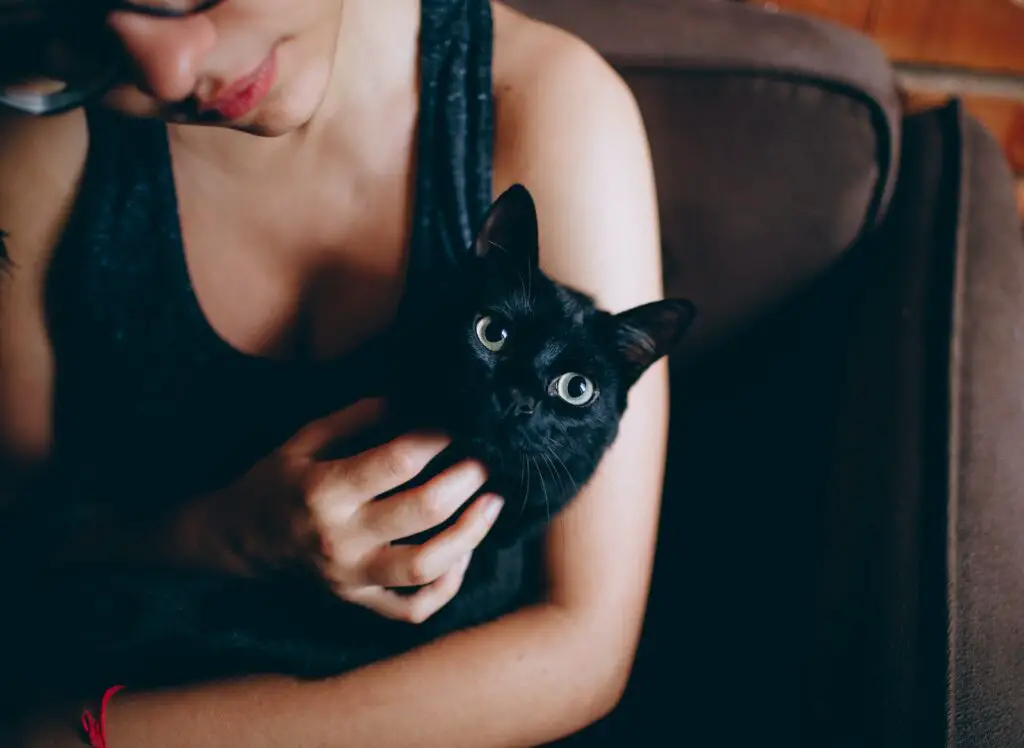
Common Myths About Black Cat Fur
As previously discussed, black cats do shed and the amount of fur they lose may vary. While some people believe that black cats don’t shed at all or only a minimal amount, this simply isn’t true. But why is it so commonly thought?
Let’s take a look at some of the most common myths about black cat fur.
Many people think that because their coat appears dark in color, it means they are not shedding as much hair as lighter-colored cats. However, while their coat may appear darker due to their pigmentation, black cats still produce just as much fur as any other feline.
In addition, another myth maintains that black cats are hypoallergenic meaning they won’t trigger an allergic reaction for those with allergies to pet dander. While these animals may be less likely than others to cause such reactions, there is no guarantee since every individual has different sensitivities.
Furthermore, yet another false belief holds that all black cats have short coats which require little grooming and thus make them ideal pets for those living busy lifestyles. Although some breeds like Bombay or Burmese have shorter coats compared to other felines, many longer-haired varieties also come in solid black colors including Maine Coons or Siberian Cats.
As such, regardless of whether you own a shorthaired or long-haired breed – regular grooming will still be necessary to maintain your pet’s health and well-being.
With that said though let us now turn our attention toward how best to manage your furry friend’s fur through proper grooming techniques…
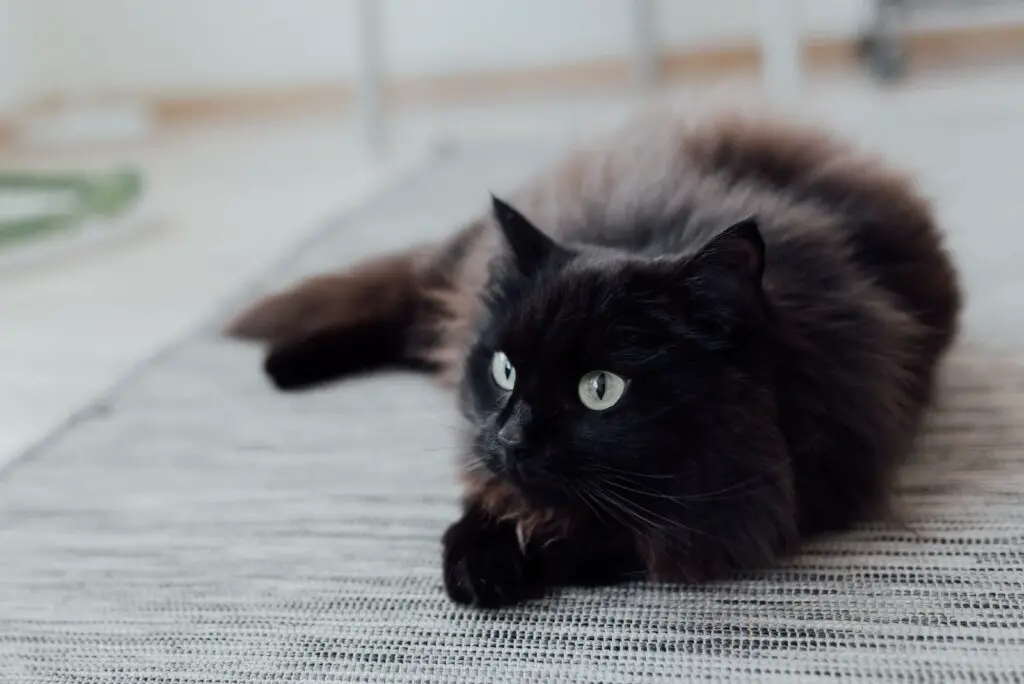
Grooming Tips For Managing Black Cat Fur
Regular grooming is essential in managing your black cat’s fur. Not only does it keep their coat shiny and smooth, but more importantly, it helps reduce shedding. A regular brushing routine can help to remove dirt, mats, and loose hair from the fur. It also encourages healthy skin and coat while distributing natural oils throughout the coat for shine and luster.
In addition to brushing, bathing your black cat at least once every 4-6 weeks is ideal for keeping its coat clean and free of debris or allergens. Using an appropriate shampoo specifically designed for cats will help ensure that all dirt and grime are washed away without causing irritation or stripping away beneficial protective oils from their skin.
After bath time, be sure to thoroughly dry them off with a towel as wet fur increases clumping which leads to increased shedding.
Taking the time to groom your black cat regularly helps not just to reduce shedding but also keeps them feeling comfortable and looking great! Having a good quality brush on hand makes this process even easier so you can spend less time tackling tangles or knots – allowing you both more time together doing what you love most: cuddling & playing!
With these tips in mind, diet becomes another important factor when trying to manage shedding in our feline friends…
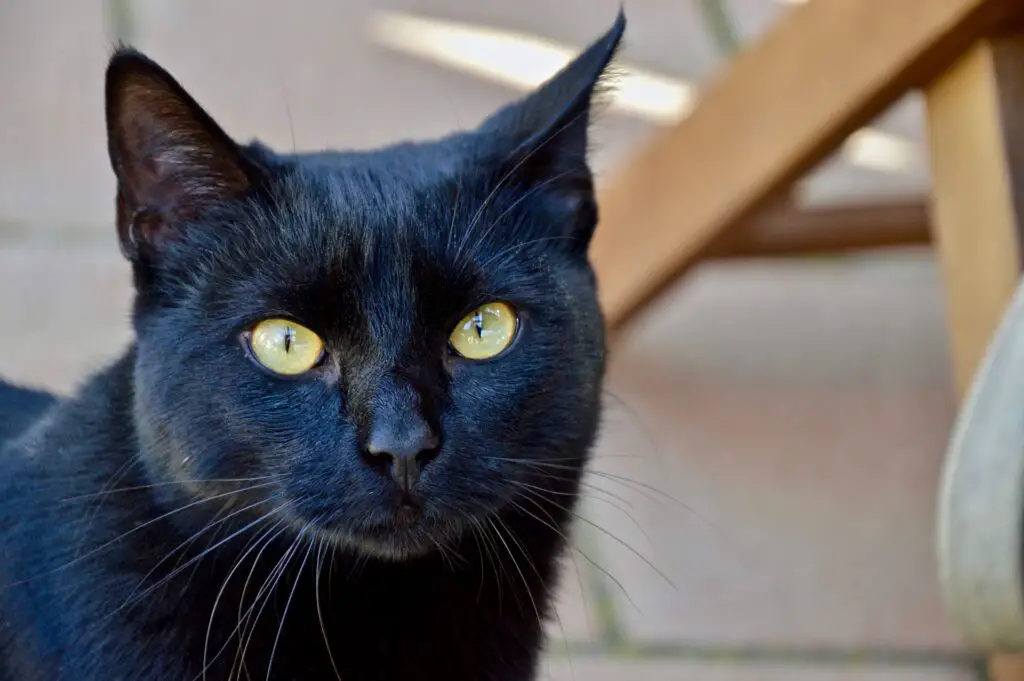
Diet And Shedding
It’s important to understand the basics of grooming your black cat in order to help keep their fur healthy.
Brushing, bathing and trimming can all be useful tools for managing excess shedding and furballs, as well as helping reduce allergens.
However, diet also plays an important role when it comes to taking care of your cat’s fur. Make sure they are getting enough protein from sources like fish or poultry. Essential fatty acids such as arachidonic acid found in egg yolks can also help improve coat health and shine. Supplements containing omega-3 and omega-6 fatty acids may have similar benefits if your cat doesn’t enjoy eating eggs.
Finally, proper hydration is essential for a glossy coat too – give them fresh water every day with meals or between snacks and make sure that it stays cool throughout the day.
Treating your feline companion to regular grooming sessions helps them stay looking sharp while making sure their skin remains healthy underneath all that beautiful black fur.
With these simple tips, you’ll be able to ensure your furry friend looks their best at all times! Now let’s look into some more ways we can take even better care of our cats’ coats.
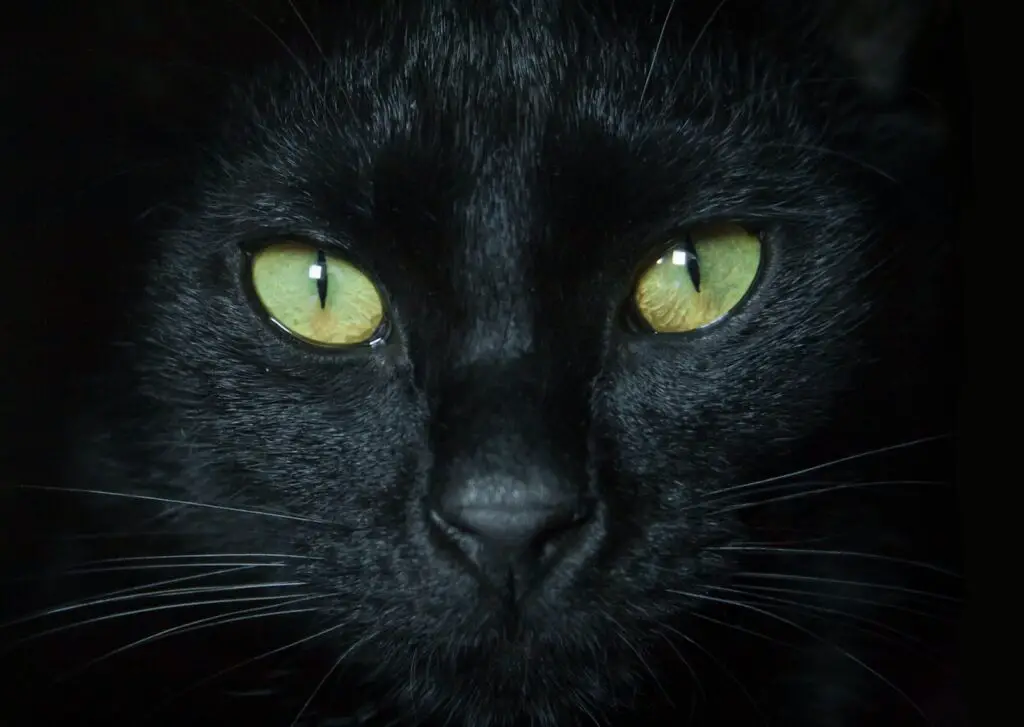
Caring For Black Cat Fur
Caring for a black cat’s fur is an essential part of keeping them healthy and happy.
You should brush your cat every week to remove any excess fur they may be shedding, as well as prevent hairballs from forming in their stomachs.
Additionally, it’s important to bathe your pet once or twice per month depending on the type of coat they have, as this will help keep their fur clean and free of dirt or dander.
When bathing your cat, make sure you use warm water and a mild shampoo specifically formulated for cats to avoid irritating their skin.
It’s also important that you pay attention to what kind of food you’re giving your feline friend – different diets can affect how much they shed, so if you notice increased shedding consult with a veterinarian about changing up their diet.
Finally, if possible try providing additional warmth for your pet during colder months; since felines tend to groom more when temperatures drop, adding extra bedding materials such as blankets can reduce excessive grooming which leads to further shedding.
By following these tips and regularly caring for your black cat’s fur you’ll ensure that they remain healthy and look great!
Conclusion
The truth is, black cats have the same fur as any other cat.
With regular grooming and a nutritious diet, you can help to keep their coats healthy and free of tangles.
Taking care of your black cat’s coat will not only make them look great but can also help ensure they stay happy and comfortable all year round.
We hope this article has cleared up some myths about caring for your feline friend’s fur!
Don’t be afraid to take the time to groom their coat regularly – it’ll pay off in the end!
Lee Harris
Latest posts by Lee Harris (see all)
- Homemade Cat Cookies: A Purr-fect Treat for Any Occasion - February 7, 2024
- Chic Feline Elegance: Crafting a Multi-Tiered Black Cat Cake - February 6, 2024
- Purr-fectly Delicious: Black Cat-Themed Donut Delight - February 5, 2024


